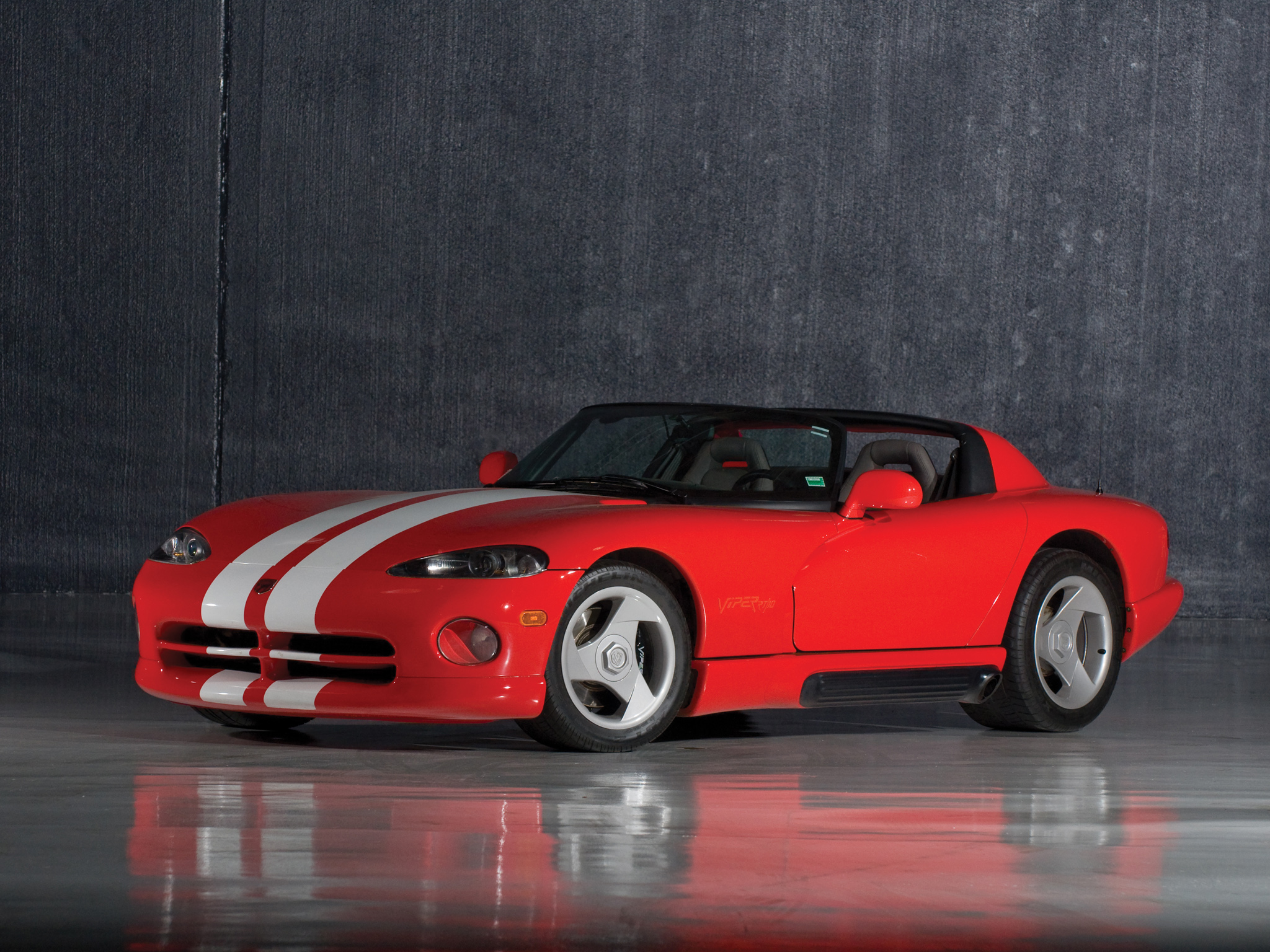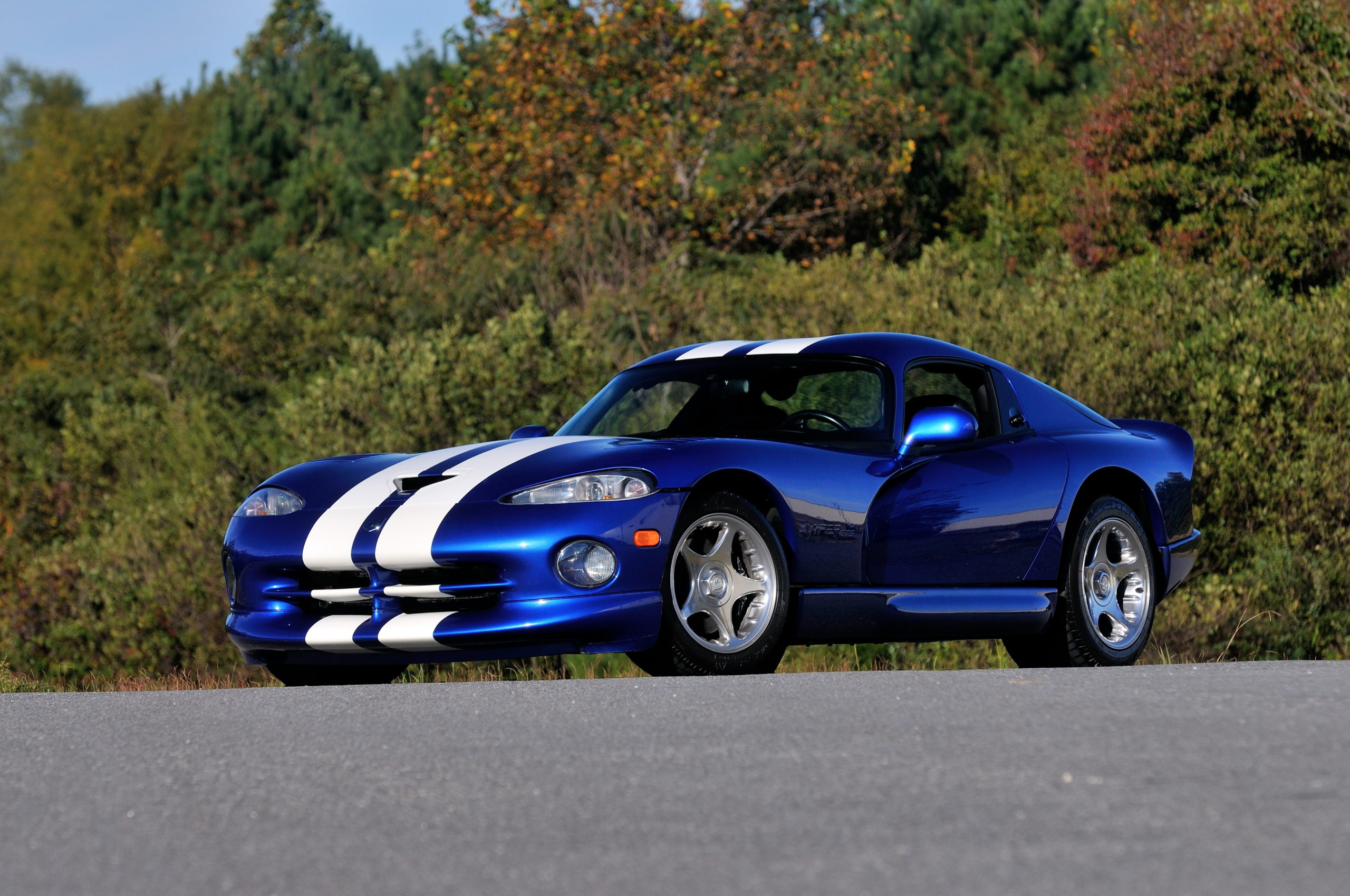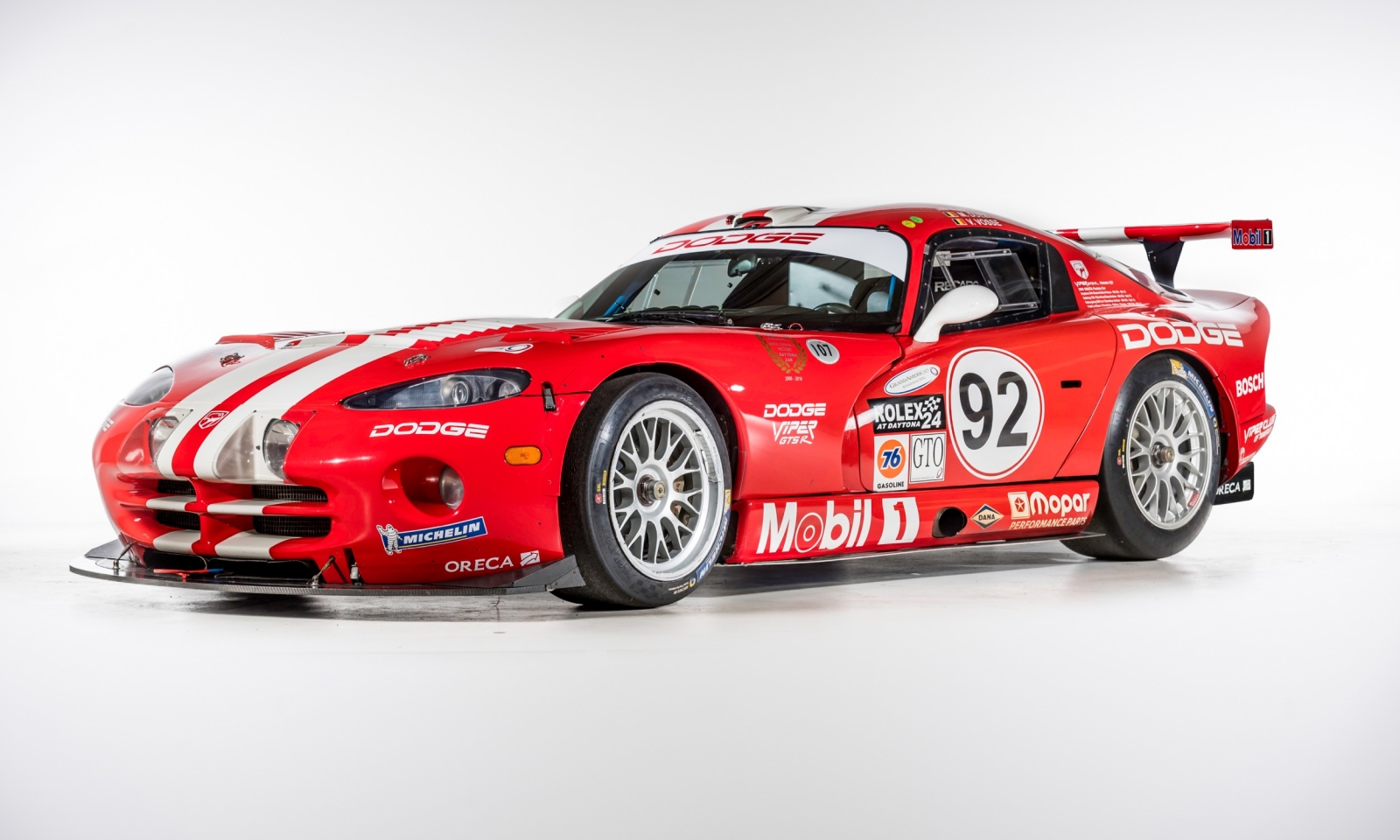Dodge Viper. The Pride of the Stars and Stripes
Photo credit: Wheelsage, Art & Revs
There are cars that are born to deliver a message. The Dodge Viper is a perfect example: a ragged Chrysler on the verge of bankruptcy saved by a brave and brilliant Lee Iacocca, managed to send out a strong message of “American pride” with a model that had absolutely nothing to do with the monotony of mass production. the year was 1989, Chrysler had returned to health and bought Lamborghini and had among its consultants the one and only Carroll Shelby who had made the Stars and Stripes proud in the World Sports Prototype Championship races with the AC Cobra. In short: they had it all: Lamborghini was asked to lighten and enhance the large 7,986cc V10 used for a truck within the range while the car’s design was inspired by the Cobra: front engine, no concessions made to accessories or driver assistance, ABS included, six-speed manual transmission, and off you go!

When presented in 1992, in roadster version, the Dodge Viper RT/10 had 400 horsepower but above all an incredible torque figure that made driving both easy and exciting at the same time. Its top speed was 264 km/h, more than a respectable result.
The open-top version is followed by a closed version which gave out a very clear message with its roof featuring two humps to allow the occupants to wear helmets: the car was also suitable for racing, particularly the GTS version, which arrived in 1996, with 450 horsepower and a top speed now close to 300 km/h.

And indeed, naturally modified for its intended purpose by external specialists, it arrived first in the 24 Hours of Daytona in 2000 and brought home three class wins in a row at Le Mans. A highly respectable trophy line up. Collectors are beginning to show interest in these versions of the American sports car. Production continued until August 2017 with two final versions wearing the SRT 10 badge. the same charm and numerous modifications, many aimed at reducing fuel consumption. But we’re still talking about used cars, in this case, that are not considered collectible yet. Nevertheless, we are unquestionably talking about an icon of motorsport that was made in the USA, an icon that will remain for years to come.
